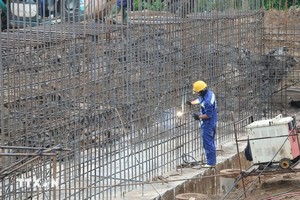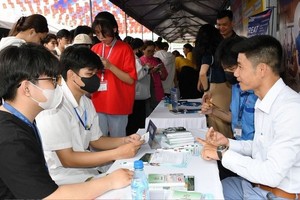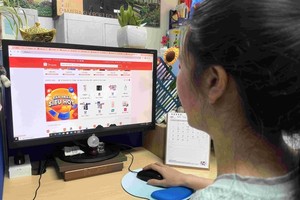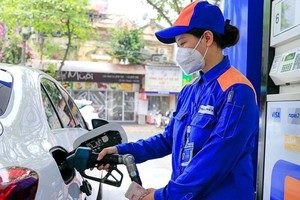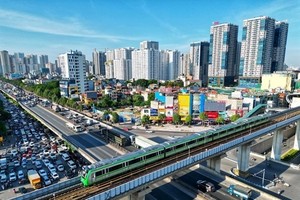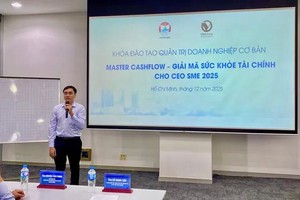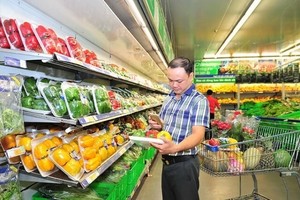It sold more than 164,000 tonnes of the luscious fruit from Luc Ngan, Luc Nam, Tan Yen, Yen The, Lang Giang, and Son Dong districts, raking in some VND5.2 trillion, the provincial Department of Industry and Trade reported.
The average price of the fruit stood at VND31,200 per kg, compared to VND31,800 in 2019.
In the context of the COVID-19 outbreak, Bac Giang paid greater attention to promoting domestic lychee consumption, especially in the central and southern regions. As a result, up to 52.5 percent of its lychee output was consumed domestically.
As for export, apart from traditional markets such as China and the EU, Bac Giang’s lychee were also shipped to the demanding Japanese market for the first time, with export volumes reaching some 200 tonnes, helping to raise the value of the fruit.
According to Tran Quang Tan, Director of the department, the area of lychee grown under VietGap and GlobalGap standards increased from around 1,200ha in 2019 to 15,200ha this year.
The US has granted IRADS (Irradiation Reporting and Accountability Database) codes to 218ha while Japan has granted area codes to 19 areas with 103ha.
Notably, the province organised an online conference connecting 62 Vietnamese cities and provinces with four Chinese provinces, with 2,300 delegates in attendance, in order to seek ways to promote lychee consumption.
Vice Chairman of the provincial People’s Committee Lai Thanh Son said Bac Giang commits to supporting domestic and foreign lychee growers and traders in harvesting, processing, and consumption.
An e-commerce floor for Bac Giang lychee has been launched to diversify marketing and trade channels, as the ravaging pandemic made it virtually impossible for foreign traders to come directly to the locality to buy the fruit.
More than 130 customers purchased some 2,100 tonnes of lychee via the platform, at an average price of VND64,700 per kg.
It was a surprise that more than 8 tonnes of lychee sold out after just eight hours of being available online via MoMo e-wallet, the Saigon Union of Trading Co-operatives (Saigon Co.op) said.
The sales were part of the post-pandemic “Supporting Vietnamese Farm Produce” programme run by Saigon Co.op, MoMo, and the Tuoi Tre (Youth) newspaper.
The online event offered MoMo users discounts and delivery services when buying lychee and ST Xuan Hong rice.
In the first three hours of the programme being opened, every customer ordered an average of 5 - 10 kg of lychee, and the figure then later escalated to 30 - 50 kg and even to a record 90 kg.
Over the last four years, the Ministry of Agriculture and Rural Development (MARD) has worked with Japan’s Ministry of Agriculture, Forestry and Fisheries (MAFF) to conduct testing and negotiations to pave the way for lychee exports.
MAFF finally agreed to import lychee from Vietnam last year.
Japanese experts went to Bac Giang’s Luc Ngan district early on and were satisfied with the lychee growing areas granted with export standard codes. They still had to directly supervise the process of harvesting, preserving, and packaging of lychee to be exported to Japan, however.
Exports must be packed and treated with methyl bromide fumigation at facilities approved by the Plant Protection Department and MAFF, with a minimum dosage of 32g per cu. m. for two hours, under the supervision of Vietnamese and Japanese plant quarantine officers.

